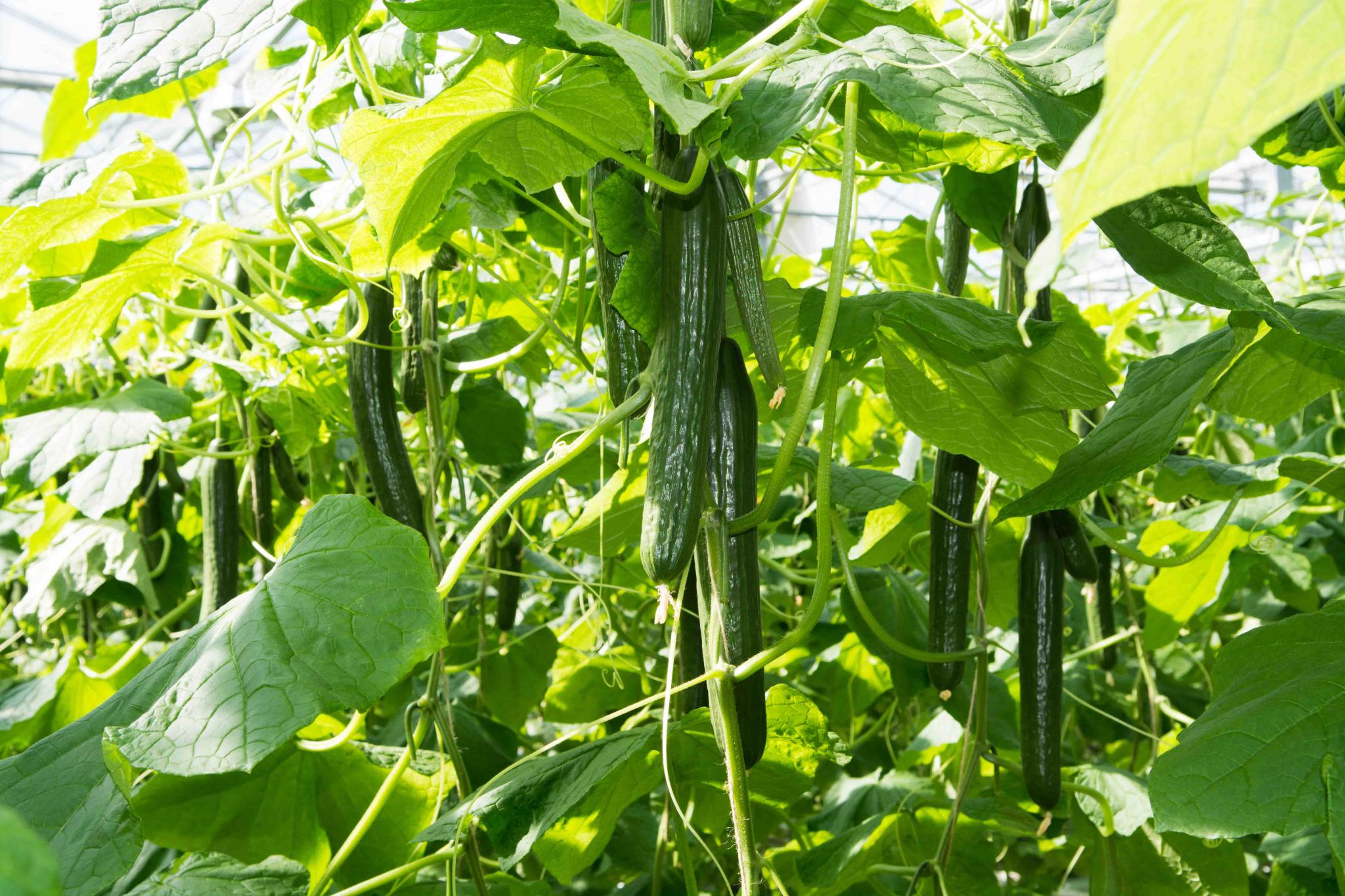
Planting, Growing, and Harvesting Cucumbers
- See our section on pickling with lots of recipes and ideas.
- Enjoy our fun video on How to Make Easy Refrigerator Dill Pickles!
ADVERTISEMENT
I really liked this article because it answered everything to the point and brief. Keep it up!
I have learned from experience and also from running my own little tests and cucumbers store much better in your basement or anywhere that is not hot other than the fridge and I have pictures to prove that after having done both at the same time. The cucumbers stored in the refrigerator went bad weeks before the others that had been stored in the basement.
I agree Diane. Cucumbers last much longer stored in a cool dark place like a basement rather than the refrigerator.
Thanks for sharing your experience, Diane! We are all interested in ways to keep the summer harvest fresh!
Can you please tell me the ratio of sugar in water and how to make it ….. do I need to boil or just mix….. & how frequently to spray this on vines of cucumber. Thanks in advance











Comments